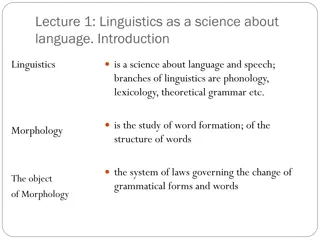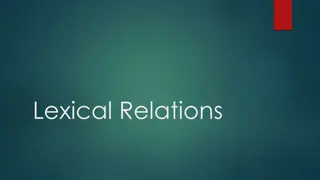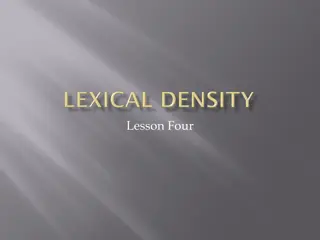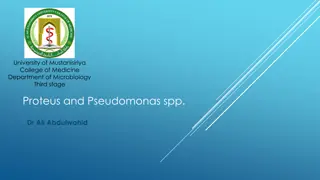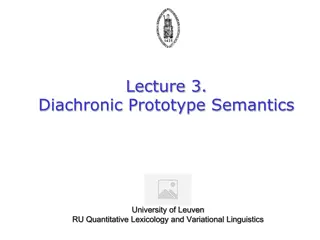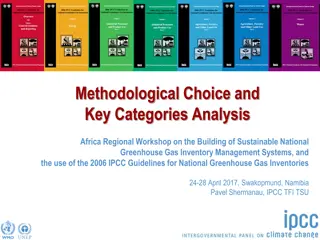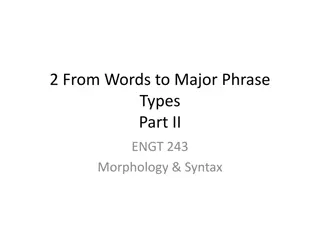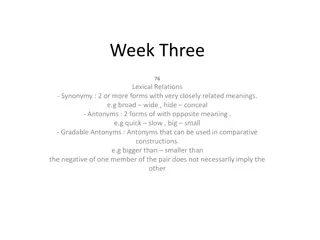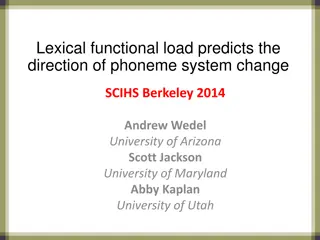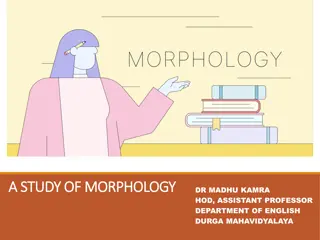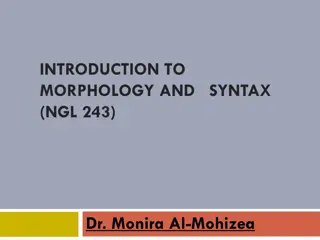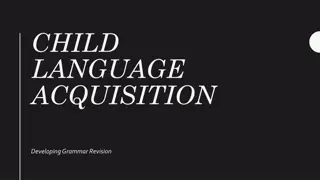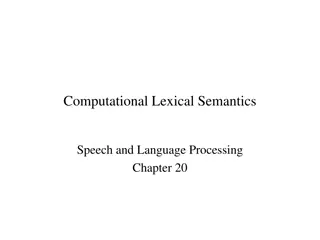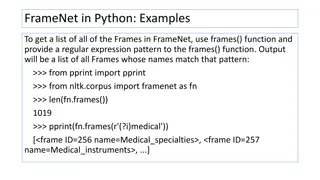Understanding Lexical Categories in Morphology
Explore the world of lexical categories, morphology, and affixes to enhance your grasp of grammar concepts. Dive into the definitions of nouns, verbs, adjectives, prepositions, pronouns, articles, conjunctions, and adverbs. Learn about affixes such as prefixes, suffixes, infixes, and circumfixes, and delve into word formations through derivation. Uncover the intricate structure of words, bound and free morphemes, and the rules guiding their combinations. Test your knowledge with engaging quizzes and activities to deepen your understanding of grammar essentials.
Download Presentation

Please find below an Image/Link to download the presentation.
The content on the website is provided AS IS for your information and personal use only. It may not be sold, licensed, or shared on other websites without obtaining consent from the author. Download presentation by click this link. If you encounter any issues during the download, it is possible that the publisher has removed the file from their server.
E N D
Presentation Transcript
Morphology II (Lexical categories) Do you know grammar better than a 5thgrader?
Quiz Time! 1. How many morphemes does the word pumpkin have? 2. How many morphemes does the word sailor have? 3. Name all of the bound morpheme(s) in the word sailor. 4. Name all of the free morpheme(s) in the word sailor. 5. A is conventionally used as an article preceding words that begin with a consonant (a banana). An is conventionally used as an article preceding words that begin with a vowel (an apple). Are a and an allomorphs?
Affixes An affix is a bound morpheme that attaches to a base (usually a free) morpheme. Prefix: (Affix+base) Attaches to the front of the base. Examples: Postmortem, incomprehensible, propose, decode. Suffix: (base+affix) Attaches to the end of the base. Examples: cats, fluffy, lovable, wizardry Infix: (base+affix+same base) Attaches within a morpheme. Uncommon in English, except in expressive language. Example: kanga-bloody-roo, woopty-freaking-do Circumfix: (affix+base+same affix) A single morpheme that attaches on both sides of a morpheme. English doesn t have any of these.
Fix it up! Engaged En#gage#ed Prefix+base+suffix
Fix it up! Break up the following and label affixes Disguise Writing Unreadable Irrelevant Beautified
Grammar Review What s a noun? What s a verb? What s an adjective? What s a preposition? What s a pronoun? What s an article? What s a conjunction? What s an adverb? These are all lexical categories. Identifying the lexical (word) category of the base (and root) morpheme and resulting word is necessary to understanding the structure of the word.
Word trees Adjective Affix Adjective un happy
Derivation The creation of a whole new word by adding an affix. It creates a meaning distinct from (but related to) its base. Examples: Sailor, writer, antithesis, redo, hospitalize There are phonological rules that govern what affixes can be applied to what words. You wouldn t hear words like farmant or smallen, but farmer and shorten are perfectly ok. This is because {-ant} tends to combine with Latin-origin words, and {-en} combines with monosyllable words that end in an obstruent (stop, fricative, affricative). Class 1 affixes change the form of a word (-y, -ion, -ity) (see p.127 for more examples) in terms of stress, pronunciation, or spelling. Sanity, democracy, partial, productive Class 2 affixes have no affect on the base. Selfish, worker, mindless
Compounding Joining two free morphemes (whole words) to form a new word. Bluebird, textbook, chalkboard, outbid, breakdance, suitcase, eggnog The lexical category of the final morpheme (called the head) in the word usually determines the whole word s lexical category. So, overgrow is a verb, overgrowth is a noun, overgrown is an adjective. Additionally, the head usually decides the meaning of the word. So, breakdance is a type of dance, chalkboard is a type of board, bluebird is a type of bird these are called endocentric compounds. Exocentric compounds are compounds that are NOT decided by the head (nor necessarily by the other morpheme either): pickpocket, bigmouth, redneck.
Inflection The modification of a word or the addition of affixes to convey grammatical information like tense and case. -s, s, -ing, -ed, -er, est My cat s bowl is on the floor. (How many cats?) My cats bowl is on the floor. (How many cats?) Tense refers to grammatical information about time. In English, tense affects verbs (walks, walked, walking, will walk, had been walking ) Case refers to grammatical information about the role the word plays in the sentence direct object, subject, indirect object English has very limited case inflections. He/him, I/me, who/whom, they/them. But, languages like Latin have many more (Latin has 7 cases). In languages without many cases, word order is more important to determine the grammatical role of words.
Review What is it called when you add an affix to a word to create a whole new word like inside ? What is the name of an affix that comes after the base? Are affixes usually bound or free morphemes? What is the name of an affix that occurs within a free morpheme? What lexical category is the word but ? green ? Caramelize ? What is it called when you put two free morphemes together to form a whole new word like football ? Is football exocentric or endocentric? If I modify the word go to going


